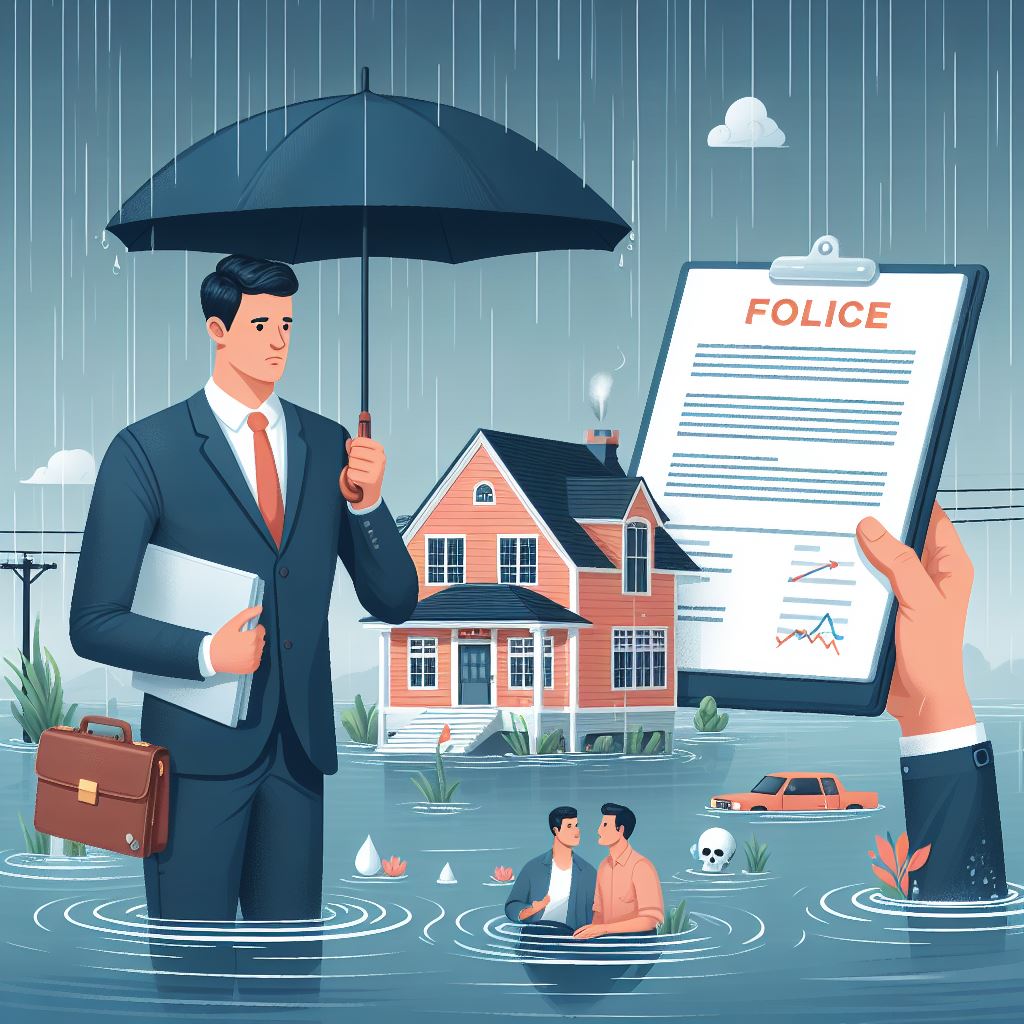Owning a home is a significant investment, and protecting it from unforeseen events is crucial.
While homeowners insurance shields you from various perils, flood damage often falls outside its scope.
This is where flood coverage insurance steps in, offering a financial safety net in the face of rising waters.
Flood Coverage Insurance
Flood coverage insurance is a separate policy specifically designed to safeguard your property against financial losses caused by floods.
Floods can arise from various sources, including heavy rainfall, overflowing rivers, coastal storm surges, or even malfunctioning drainage systems.
Flood insurance comes in two primary forms:
- Building Coverage: This portion of the policy protects the structure of your home, including the foundation, walls, roof, and permanently installed fixtures like cabinets and flooring.
- Contents Coverage: This section safeguards your personal belongings within the home, such as furniture, appliances, electronics, and clothing.
What Gets Covered Under FCI?
A standard flood insurance policy, usually offered through the National Flood Insurance Program (NFIP), covers these things:
- Direct Physical Damage: The policy pays for fixing or replacing your home’s structure and its contents that are directly damaged by floodwater.
- Debris Removal: It often covers the cost of removing flood debris from your property.
- Loss of Use: If your home is unlivable because of flooding, the policy might pay for extra living costs while you find temporary housing.
